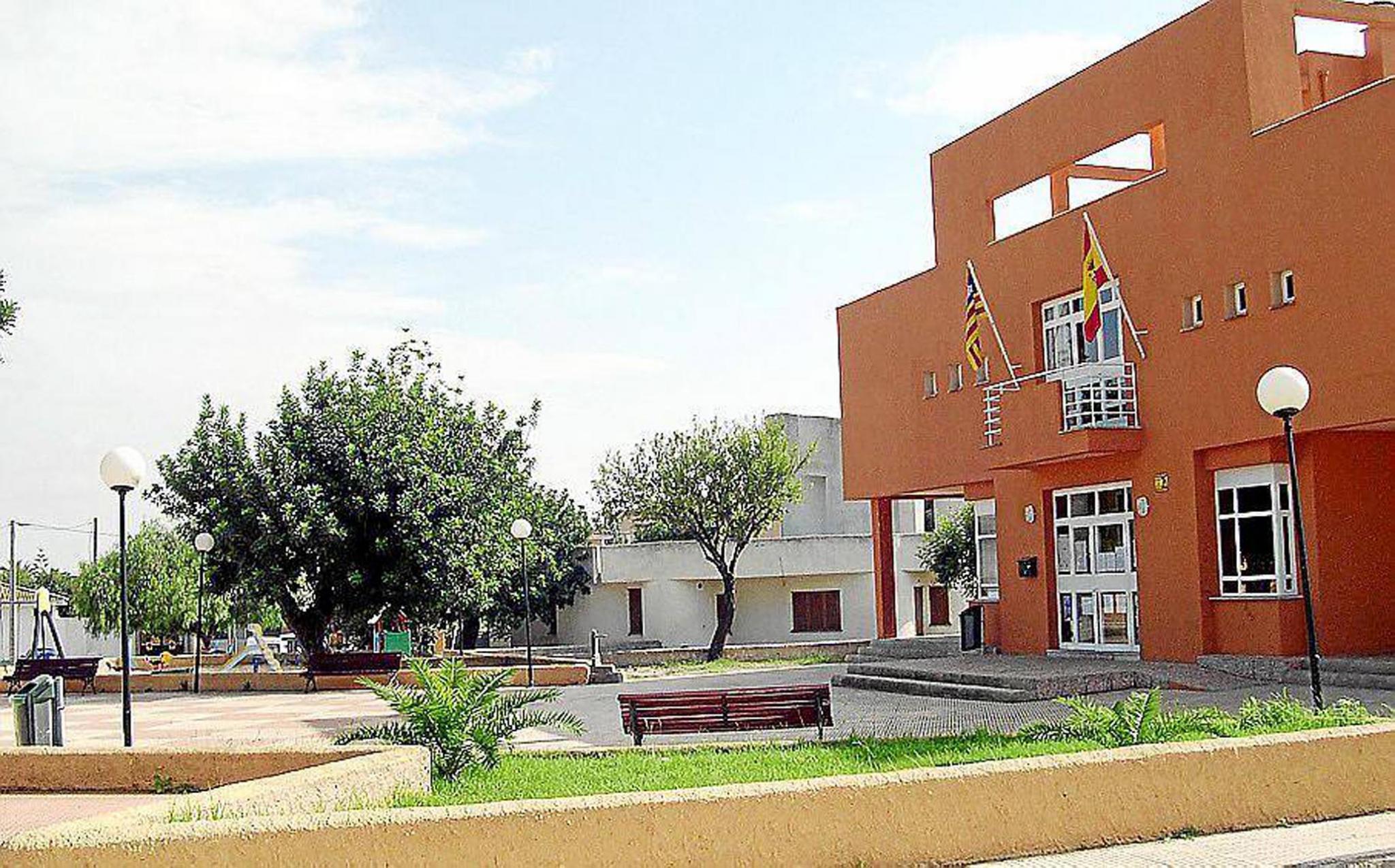How many municipalities does Majorca have? Go to the top of the class if you know the number to be 53. Go to the bottom of the class if you reckon 54. Or should you go to the bottom? In fact, it may well be that you have special knowledge of Majorca’s local government, because of the peculiarity that lurks inside Bunyola’s municipal borders.
The Blog
The Case Of The Municipality That Isn’t
Also in News
- Spain wants Britons to show they have 113.40 euros, £97, per day for their holidays
- Over two hours for Britons to get through Palma airport queues
- Palma Airport passport control "collapse" put down to unscheduled flights
- Living in a motorhome in Palma: "It'll only get worse"
- Watch those prices in Mallorca


No comments
To be able to write a comment, you have to be registered and logged in
Currently there are no comments.